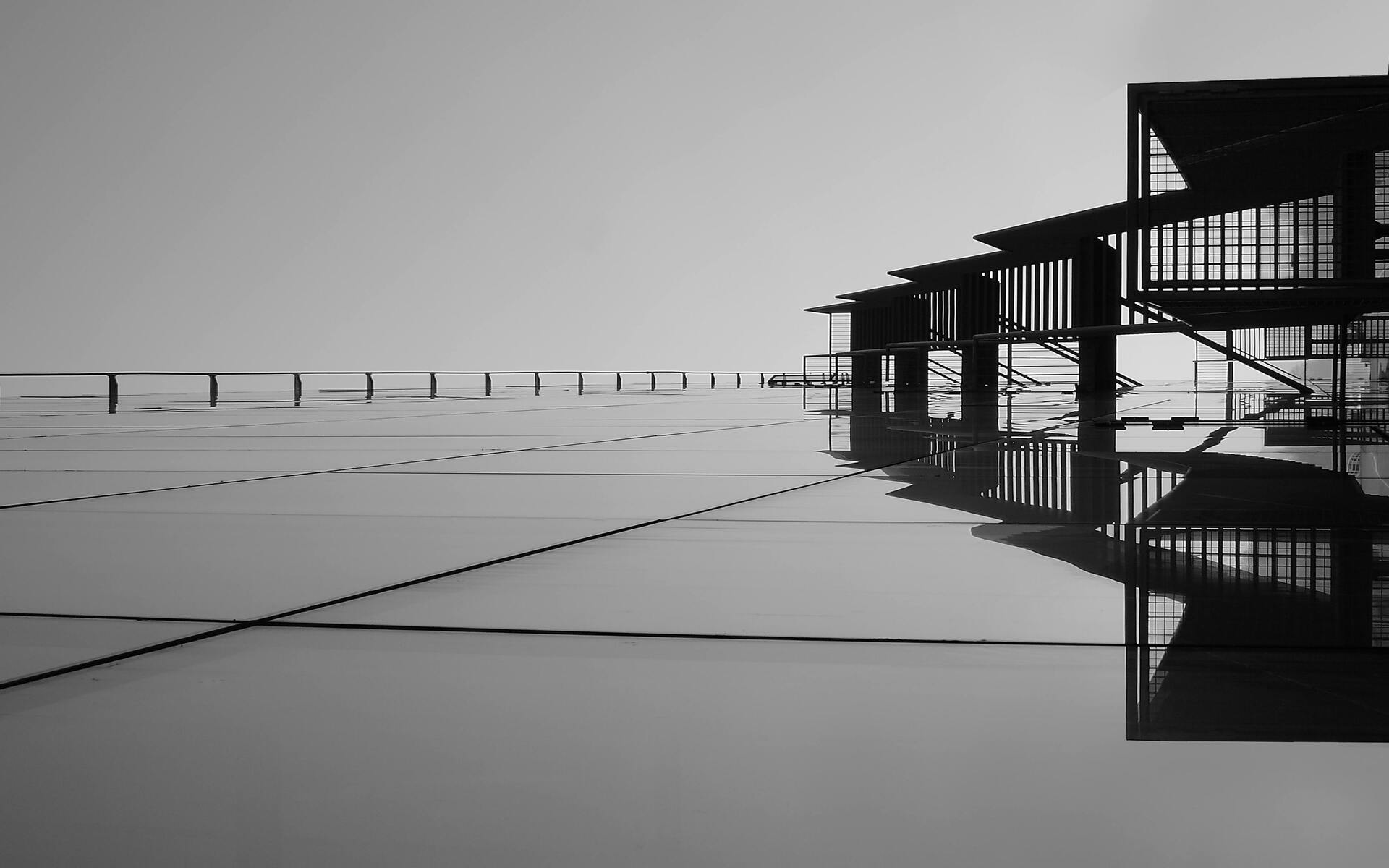
FAQ About Architectural Photography
Architectural Photography
2 years ago | gizem
What is the ideal camera settings for architectural photography?
The ideal camera settings for architectural photography can vary depending on the specific conditions and creative goals of your shot. However, here are some recommended camera settings and considerations to help you capture high-quality architectural photographs:
- Use Manual Mode: Manual mode gives you full control over your camera settings, allowing you to adjust them according to the scene's requirements.
- ISO: Start with a low ISO setting (e.g., ISO 100 or 200) to maintain image quality and minimize noise. Increase ISO only when necessary to compensate for low light conditions.
- Aperture (f-stop): Select an aperture that balances depth of field (DOF) with image sharpness. For exterior shots with a wide DOF, use apertures between f/8 and f/16. For interior shots with less light, you may need wider apertures like f/4 or f/5.6.
- Shutter Speed: Use a tripod to stabilize your camera, allowing for longer shutter speeds without introducing camera shake. Shutter speeds can vary, but they are often relatively slow, especially for interior shots. Experiment with exposures ranging from a few seconds to several minutes for long-exposure effects.
- White Balance: Set the white balance manually or use a custom white balance to ensure accurate color representation. For interior shots, adjust the white balance to match the lighting conditions, such as tungsten or fluorescent.
- Metering Mode: Choose a metering mode that suits the scene. Evaluative or matrix metering is often suitable for architectural photography, but spot metering can be useful for tricky lighting situations.
- Focus: Use manual focus to ensure precise control over the focus point. Focus on key architectural details or elements within the scene to emphasize them.
- RAW Format: Shoot in RAW format rather than JPEG. RAW files contain more data and allow for greater flexibility in post-processing.
- Bracketing: Consider using bracketing to capture a range of exposures for high dynamic range (HDR) photography. Bracketing involves taking multiple shots at different exposures and combining them in post-processing to reveal details in both highlights and shadows.
- Mirror Lock-Up: If your camera has this feature, use it to reduce the chances of camera shake caused by mirror movement.
- Image Stabilization: If your lens or camera has image stabilization (IS/VR), consider using it when shooting handheld, especially in low light conditions.
- Long Exposure Noise Reduction: Turn on this feature if your camera offers it to reduce noise in long-exposure shots. Keep in mind that this may increase the time it takes to capture each image.
- Gridlines and Spirit Level: Use the camera's gridlines or a built-in spirit level to ensure that your horizons are level and vertical lines are straight.
- Custom Settings: Familiarize yourself with your camera's custom settings, including custom shooting modes and user presets. These can save time when switching between different shooting scenarios.
- Test Shots and Review: Take test shots and review them on your camera's LCD screen to make necessary adjustments before capturing the final images.
